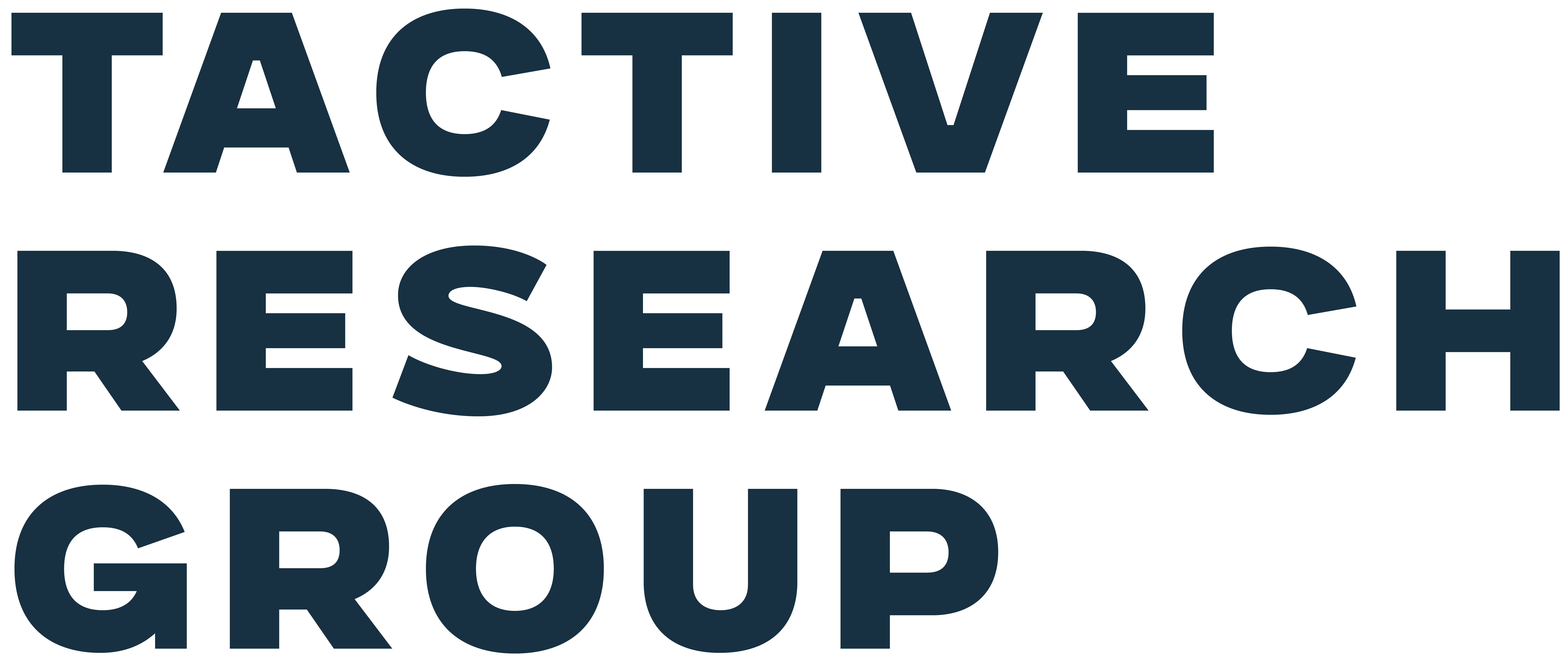DeepSeek's arrival signals the expected efficiency gains that occur as technologies mature, it is not a paradigm shift. Most IT departments should adopt a wait-and-see stance, anticipating cost reductions in LLM-based technologies due to the emergence of lower-cost models like DeepSeek.
Why You Should Care
- It’s increased efficiency, not a revolution. DeepSeek’s primary achievement lies in optimising efficiency through architectural refinements like its Mixture of Experts (MoE) model. This is a significant incremental advancement, just not a fundamental shift in LLM technology.
- Limited impact for most. While DeepSeek's open-source nature encourages innovation, its direct impact is likely to be felt most profoundly by organisations with significant R&D capabilities. For the majority, the benefits will materialise as broader cost reductions and increased accessibility to high-quality LLMs.
- Cost reduction anticipation. The market was surprised that DeepSeek provided cheaper technology and comparable performance. The emergence of more cost-effective AI models like DeepSeek R1 is expected to exert downward pressure on the costs associated with LLM-based technologies, creating opportunities for savings across the board.
What You Should Do Next
For now, CIOs and senior IT leaders should actively monitor LLM service pricing to capitalize on emerging cost reductions driven by the appearance of DeepSeek R1. IT leaders should simultaneously start looking for quick wins by identifying high-cost LLM applications—such as customer service chatbots, content generation tools, and data analytics platforms—as candidates for replacement with more economical alternatives. Maintain a close evaluation of the maturity and stability of open-source AI models like DeepSeek’s R1, ensuring that as these solutions improve, you’re positioned to integrate them into your existing IT infrastructure for sustained efficiency and cost optimization.
Get Started
- Assess current AI expenditures and identify areas where cost efficiencies could be realised through the adoption of more affordable LLM solutions.
- Engage in preliminary evaluations of open-source AI models, ensuring alignment with internal expertise and infrastructure capabilities before committing to full-scale integration.
- Monitor the development of alternative AI architectures beyond transformers, recognising their potential to address the limitations of current models in achieving true general intelligence.
- Maintain awareness of geopolitical dynamics in the AI landscape, particularly the increasing role of Chinese innovation and the importance of global collaboration in AI development.
- Prepare for Integration. Develop a preliminary integration plan for incorporating cost-effective LLM solutions into your existing systems. This includes identifying necessary resources, skill sets and potential compatibility issues, ensuring a smooth transition when the time is right.
- Evaluate new AI development techniques. Monitor how new techniques like distillation might enable you to create smaller, more efficient models.

